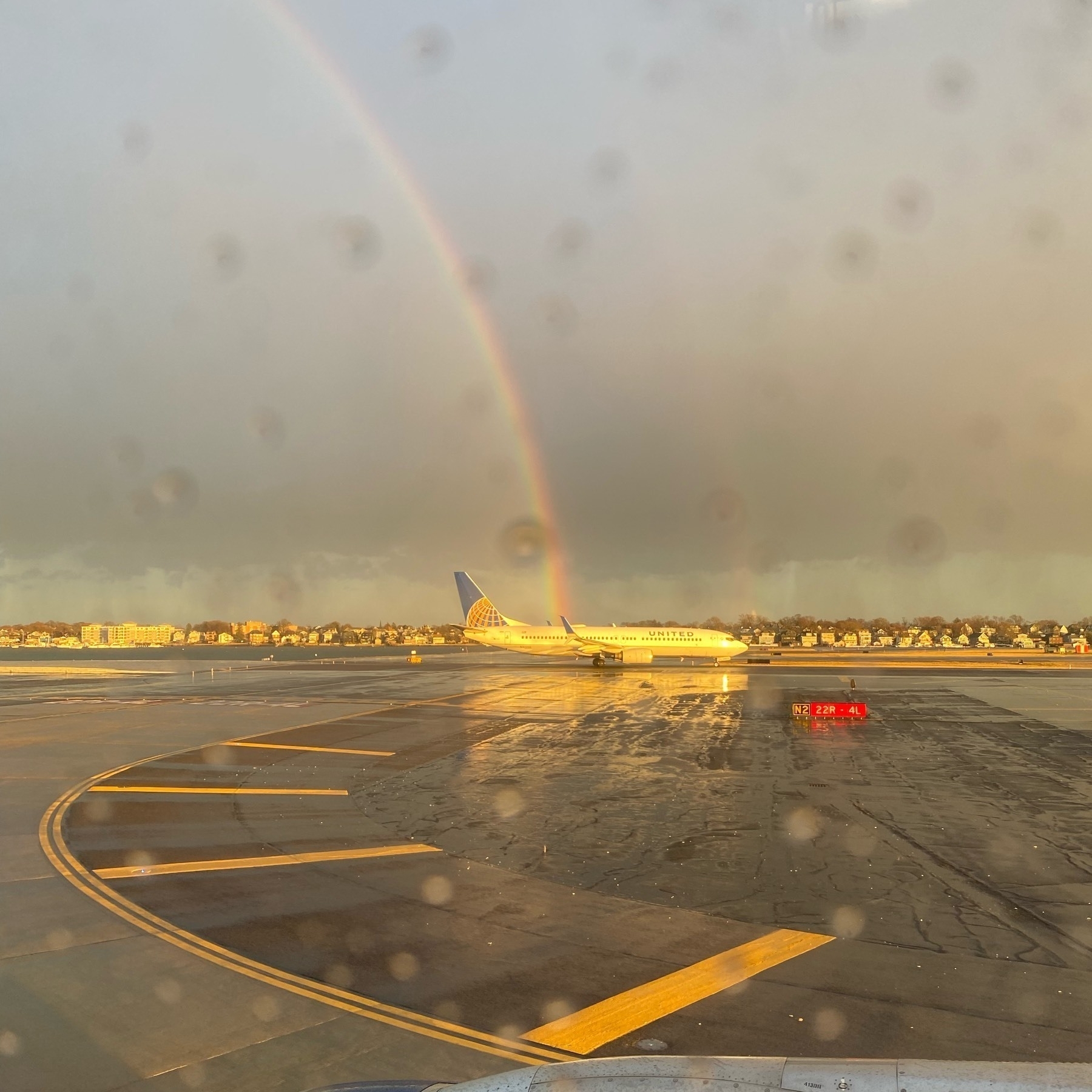Sweet Italian sausage 🍕


Sweet Italian sausage 🍕

Not enough owls in my timeline.

Turkey pepperoni 🍕

Well I’ve already had the horrifying experience of having somebody show up in a Zoom meeting as a Persona.
Today I learned that Apple Watch Series 2 and later have their serial number printed inside one of their watch band slots.
Very sad about the helicopter.
Happy birthday Mac 🎂
Moved Bluesky to the Home Screen and demoted Slack to a folder on my phone. Still waiting for an iPad version of Bluesky.
What does it take to get a webmention around here?
Did not order a headset, I think I’m going to wait and get the rumored OLED iPad Pro instead, which will probably end up costing about the same amount once I add a keyboard.

So I went and brought a new Apple Watch Series 9, replacing my five year old Series 4, two days before they started selling models with the blood oxygen test disabled. My current BO is 97%.
Trying to figure out which people to follow on Mastodon and which to follow on Bluesky, as the two don’t federate.

Installed the updated Primrose theme and now category pages are working again. Back to normal!
Noticed that the category pages were not working with Hugo 0.91 when using the Primrose theme, so I have changed to Marfa for the moment.
Various mushrooms 🍕

Closed my LinkedIn account.
Deleting the Prime Video app from all of my devices.
Things finally seem to be working, I just need to be more careful about messing with the templates.
OK now just one post has vanished from the web view, both on the main page and the archive. It’s still there when I use the app.
Reinstalled the Primrose theme and the items are back. Success?
Tried updating to Hugo 0.91 and all the feed items vanished.
